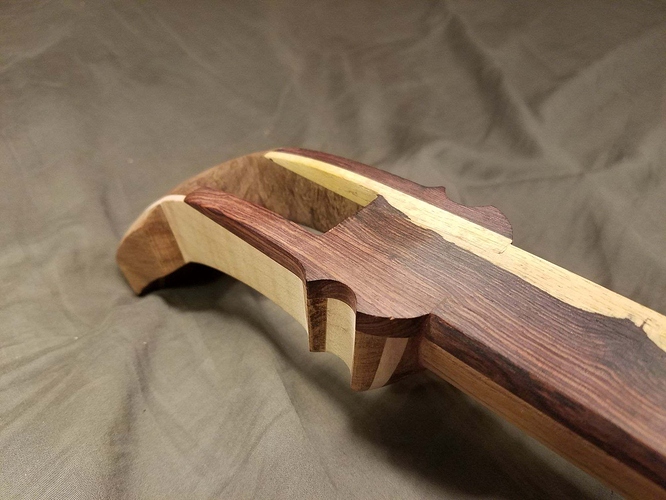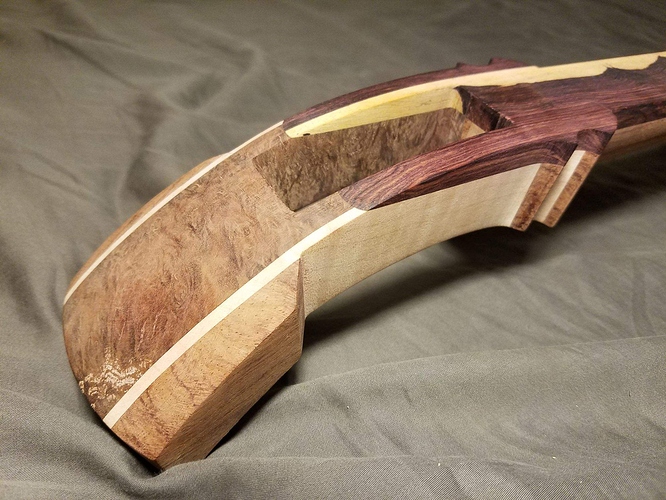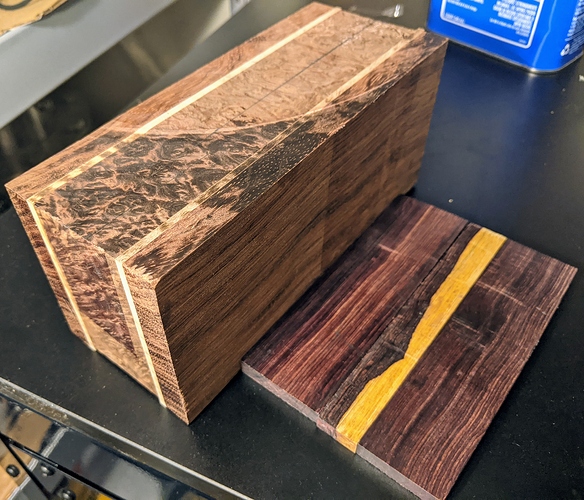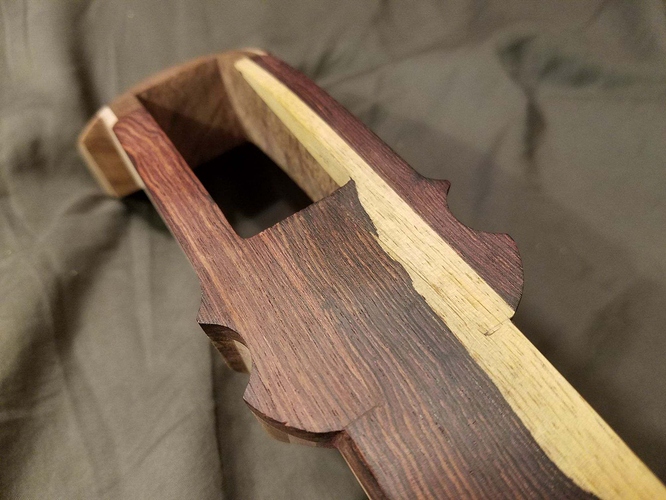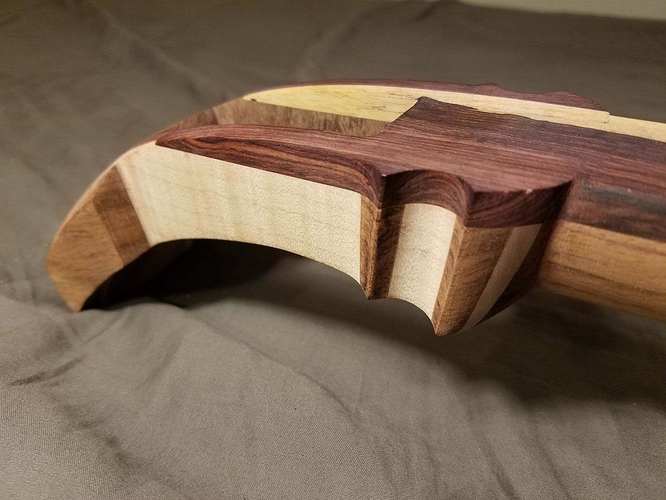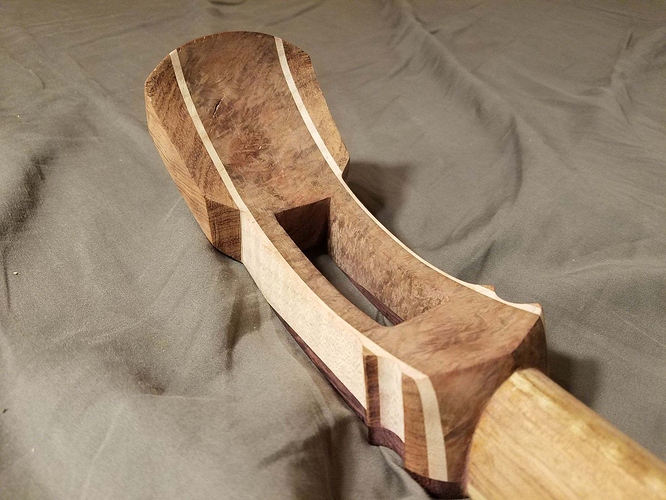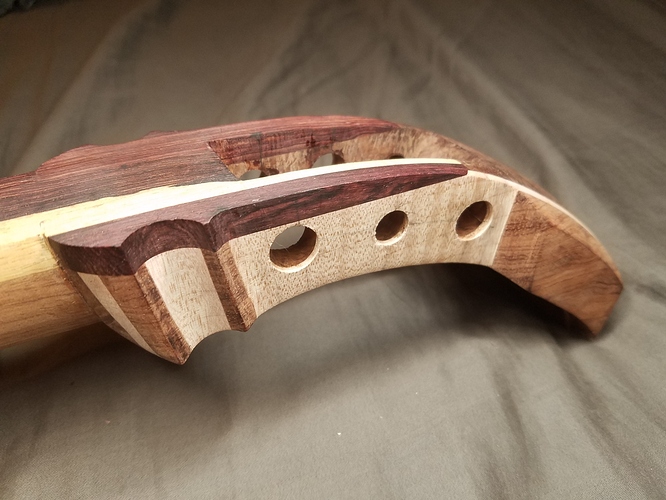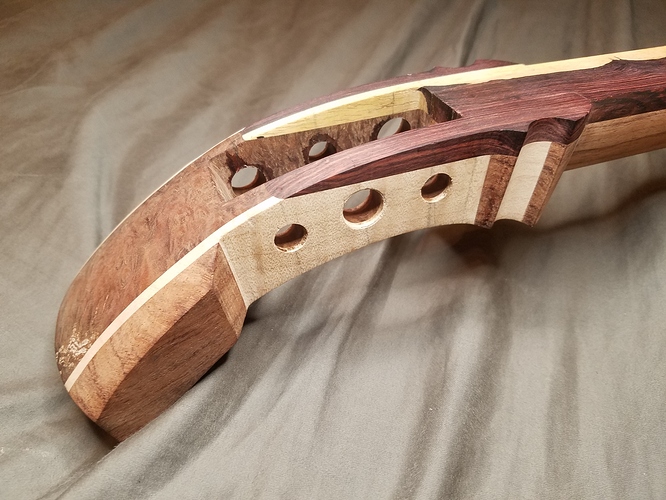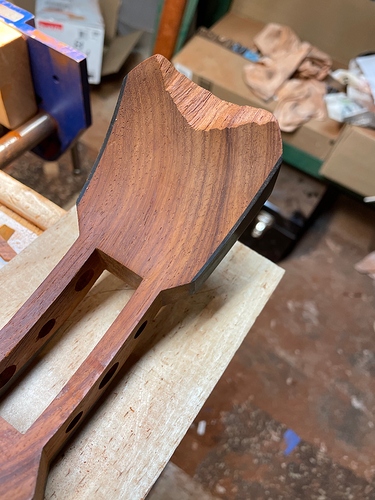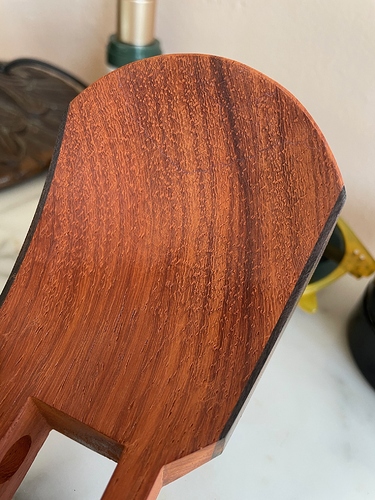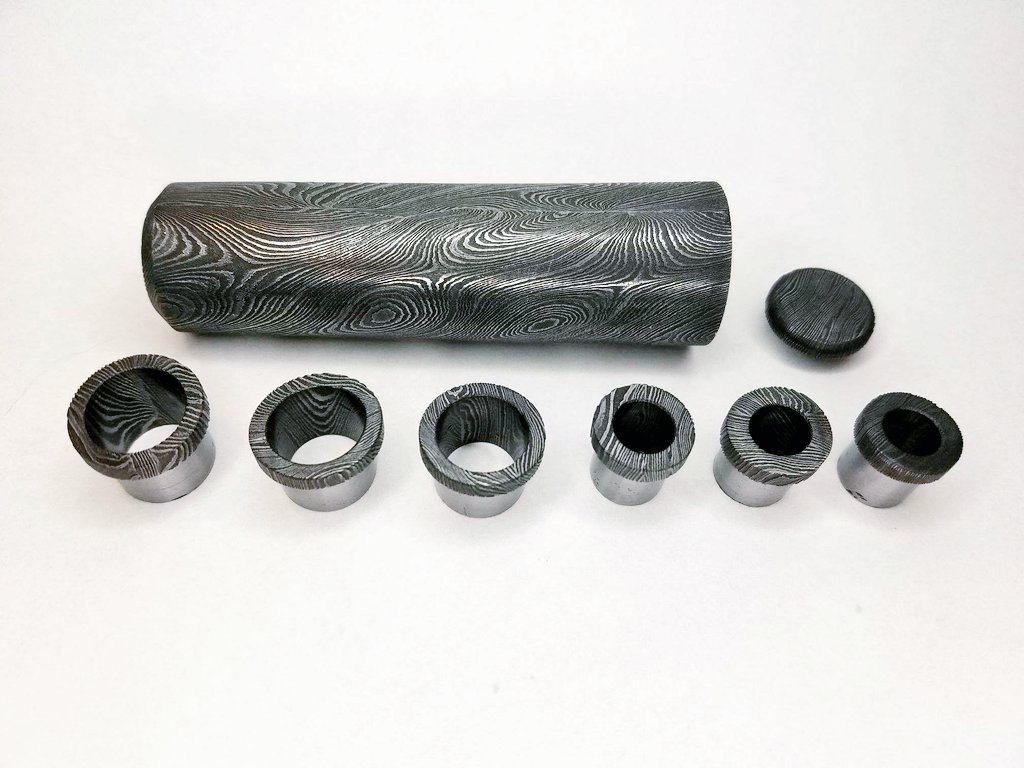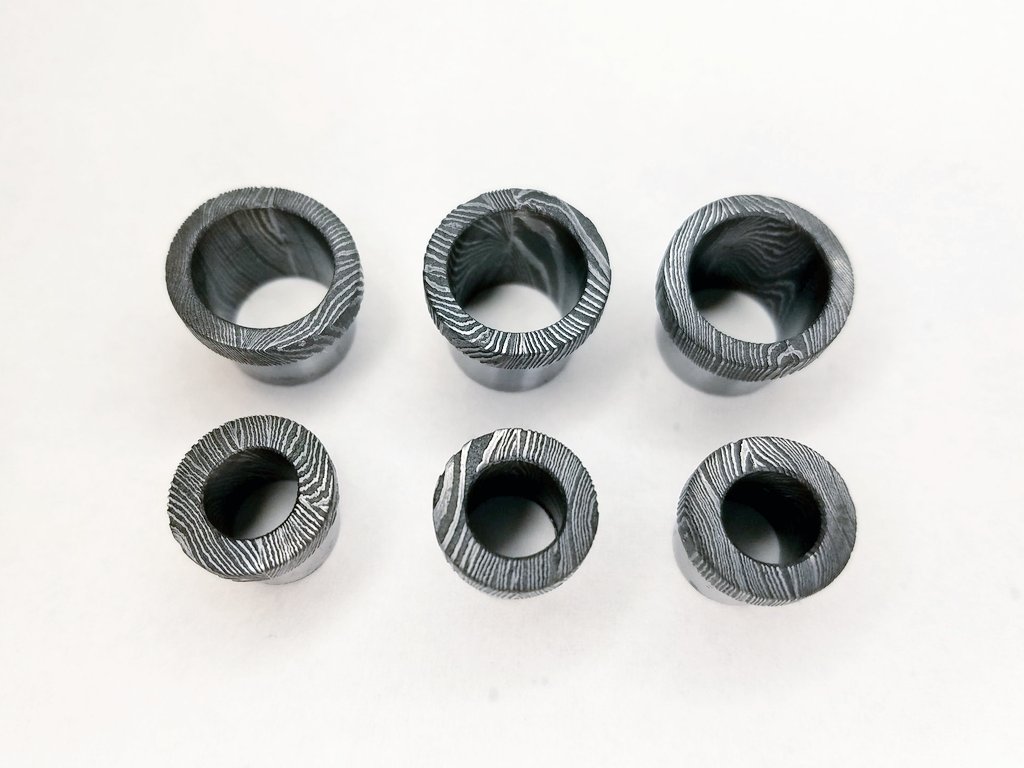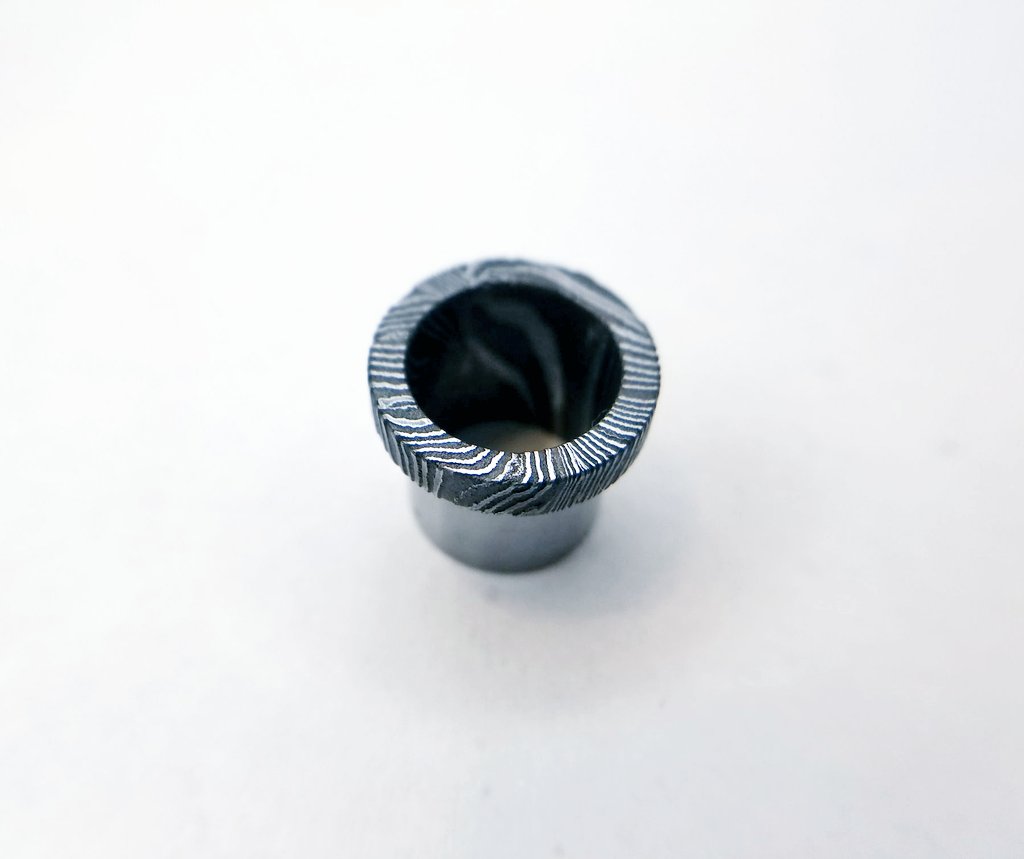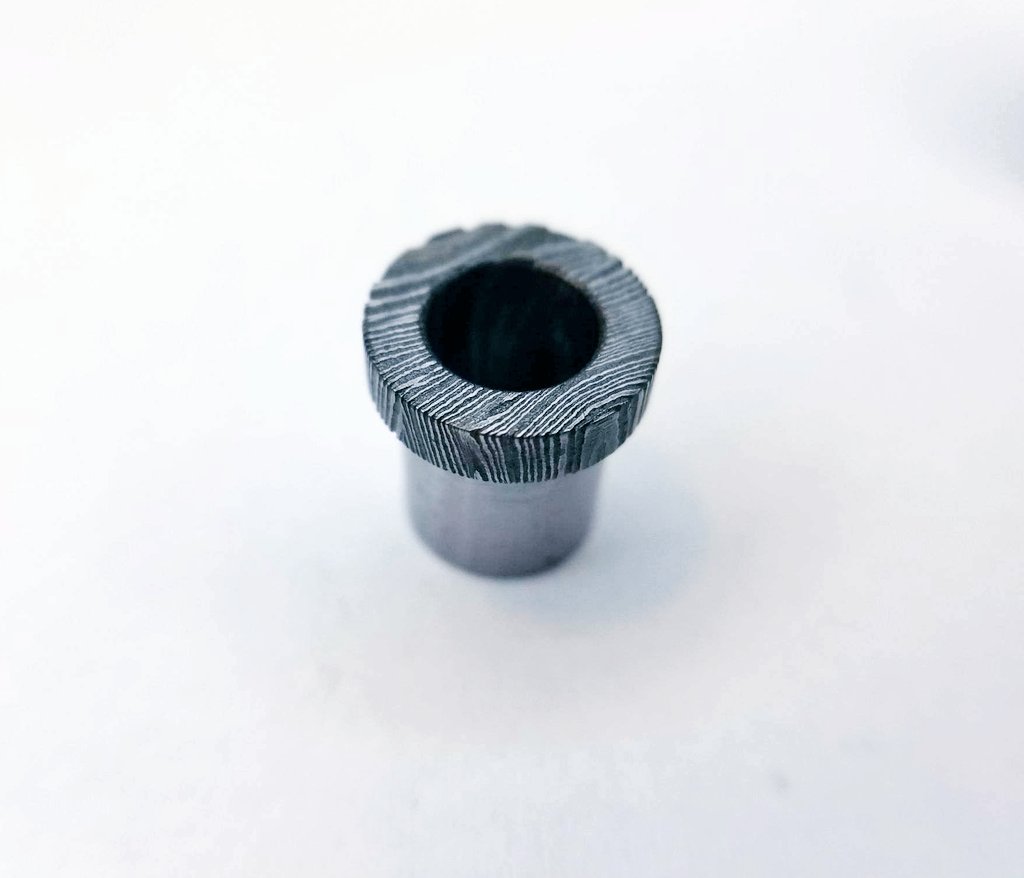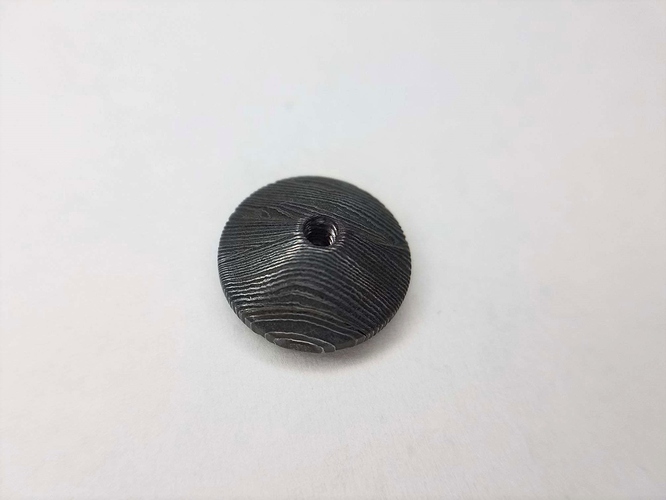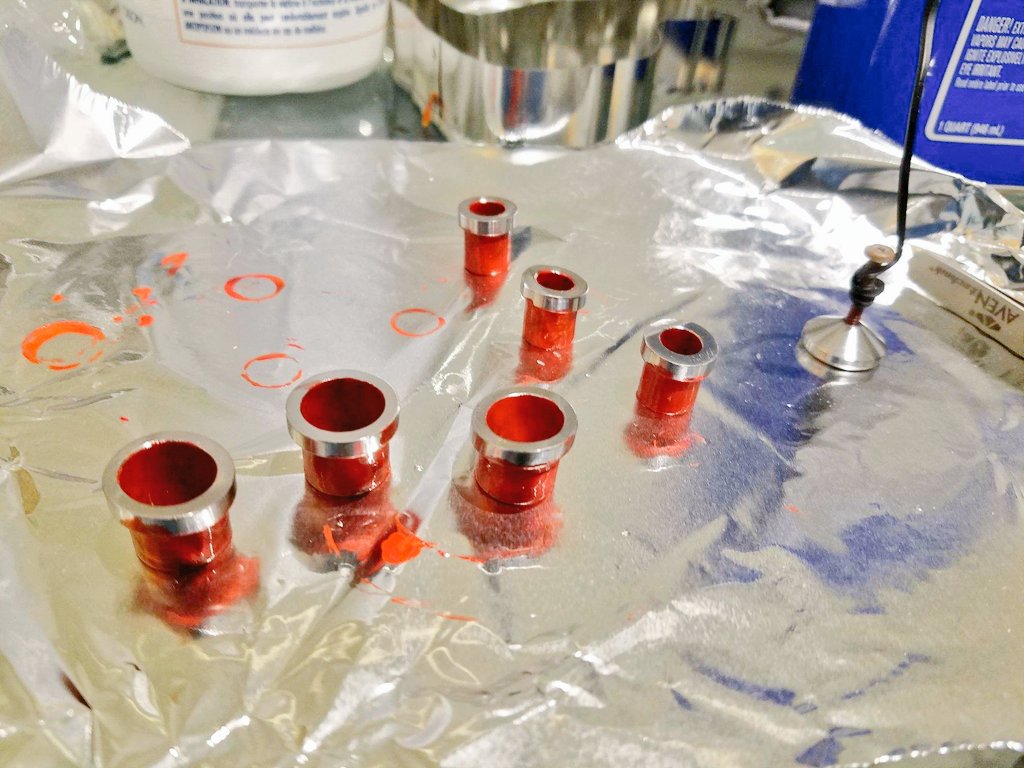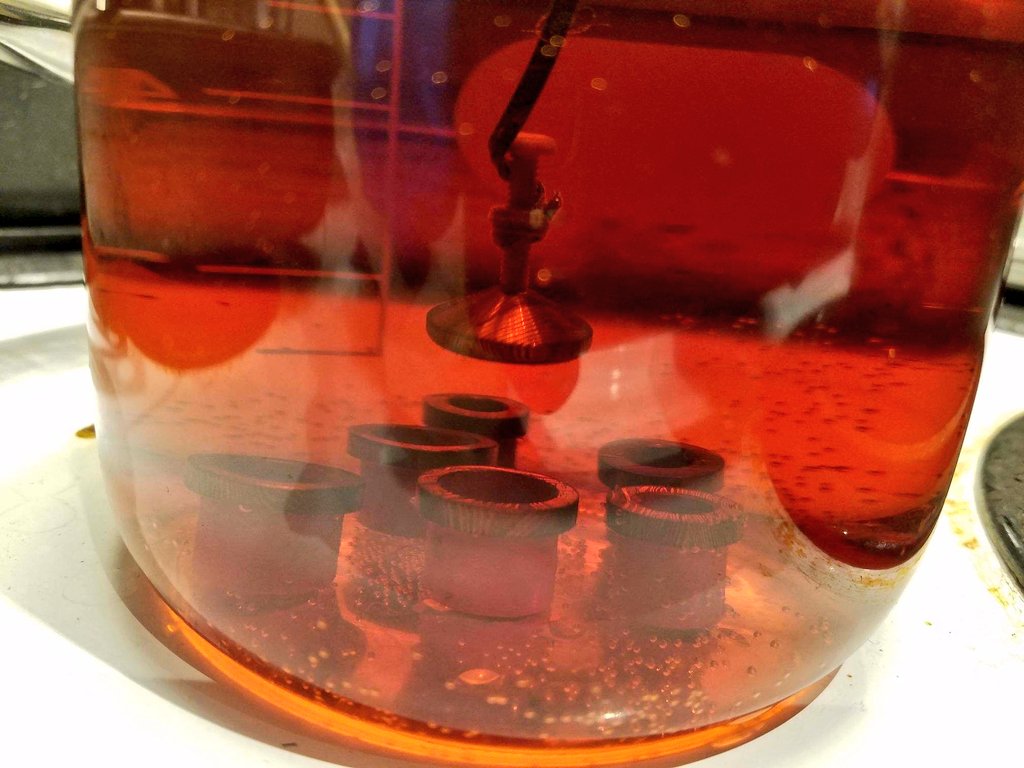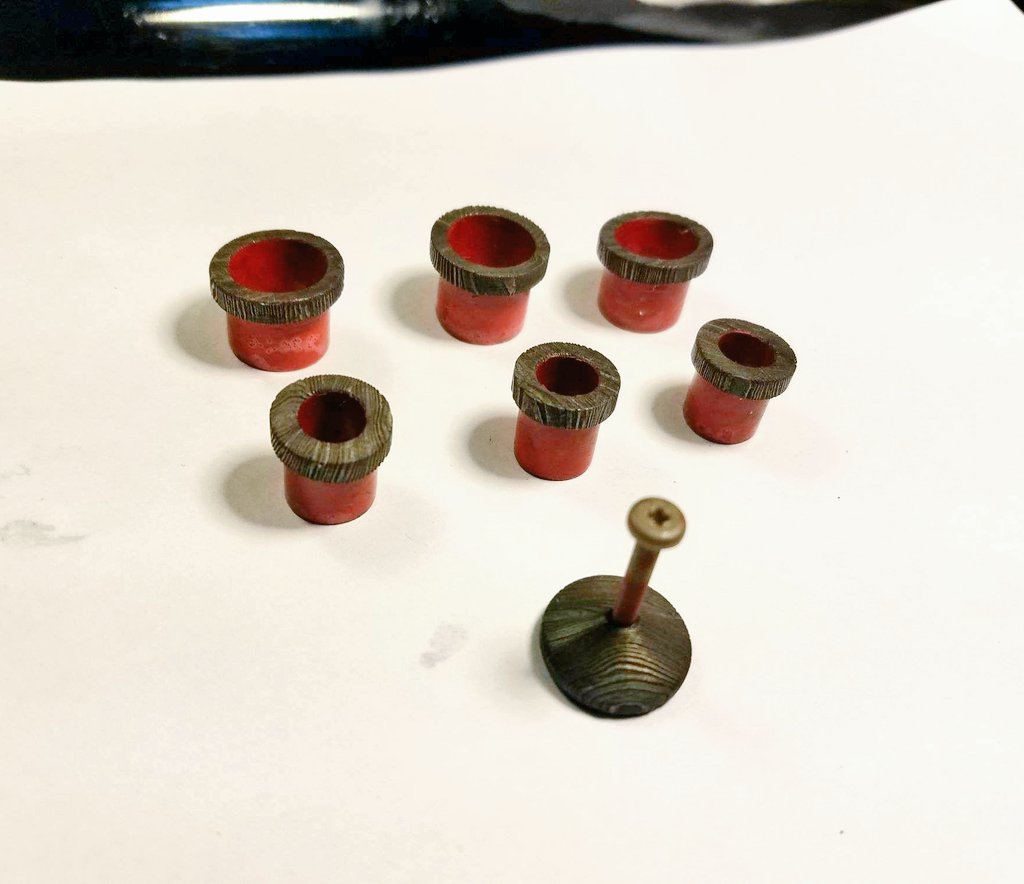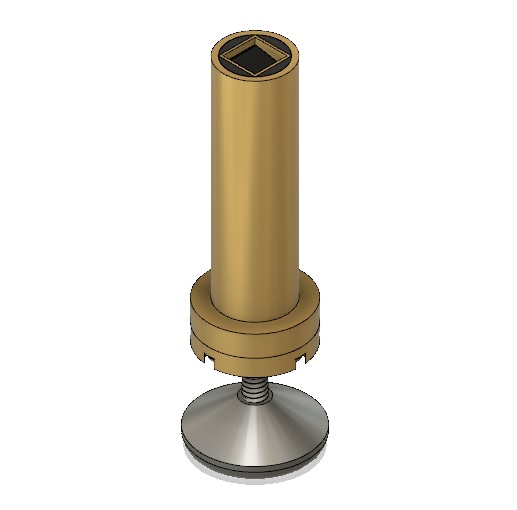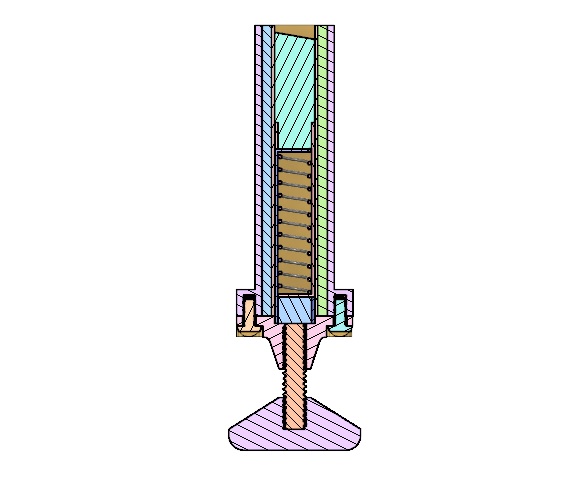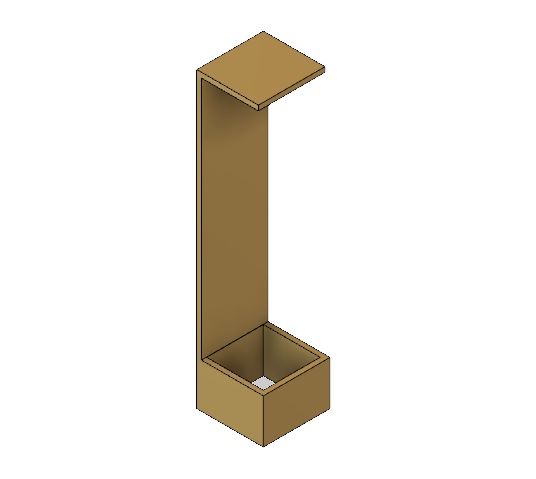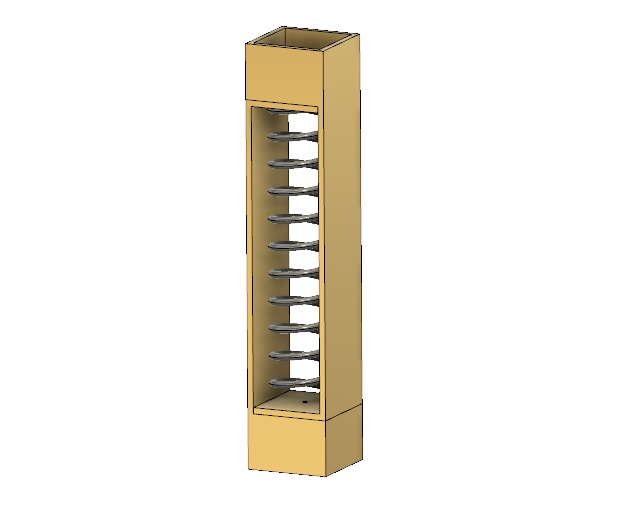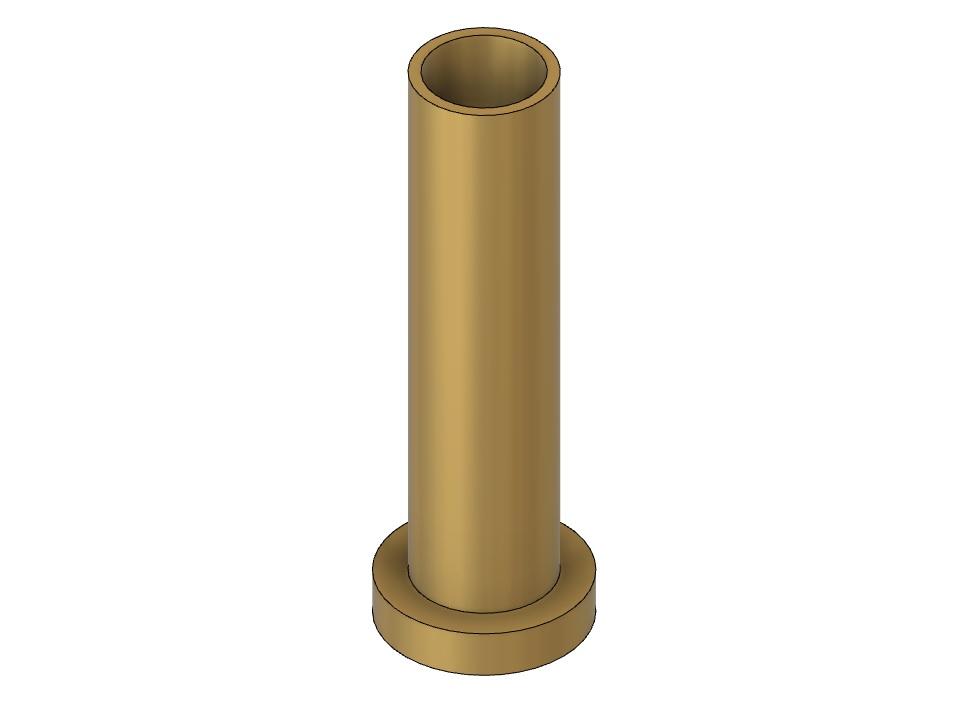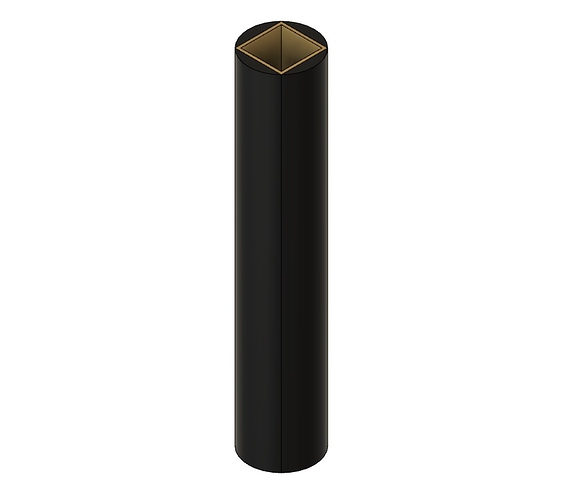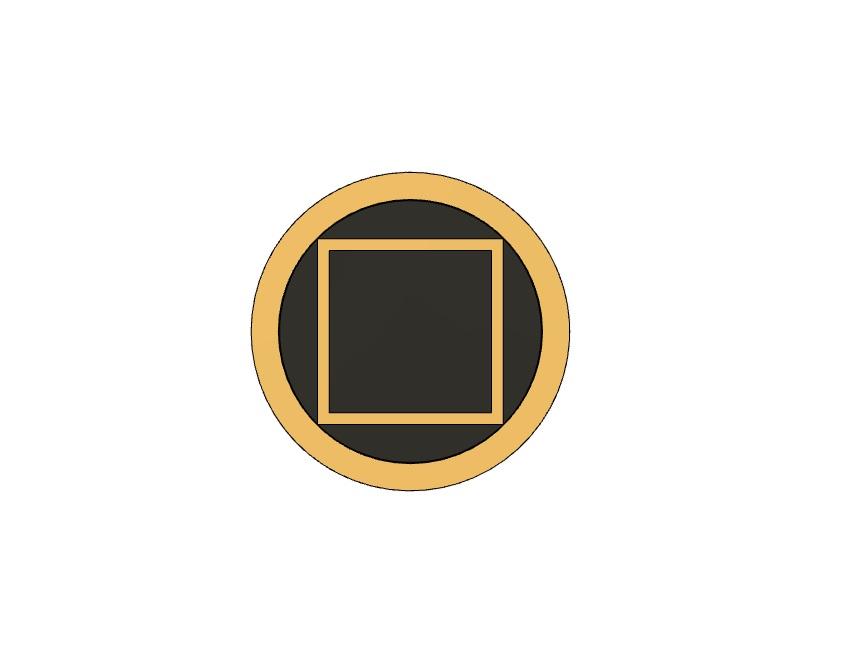The fully skinned dou has returned from Kyle! It is a massive relief to get this phase done and the dou safely returned after making a round trip literally across the US. Finally seeing Hibiki in real life, I am even more excited now to finish this up and start playing! I have never owned a shamisen with truly tight or professional grade skin before, so having a skinning job of this caliber is really awesome and a big motivator. (I’d post a picture, but I can’t get one as good as the one already posted above sent from Kyle!)
Also, the machinist finished the custom zagane and decorative screw cap a week earlier than expected, with plenty of the metal stock leftover. From the picture he sent, it looks like they came out fantastic. I will pick them up Monday, etch them, and start the fitting process this week.
In terms of design, the zagane are made to sit flush to the tenjin. The center itomaki holes are straight through, however the top and bottom ones are designed with an 8 degree angle on the flange. The flange portions also include some angled cuts, and are overall a bit thicker and larger to show off the etched metal pattern. All of the zagane have tapered bores machined into them as well, with matching tapers from the large to small zagane for the itomaki to be fit to.
For etching, the parts will be submerged in a ferric chloride bath, then go through a coffee etch (which is a very popular technique in the knife making community) to further bring out the color contrast in the steel.
For gluing, I know Kyle has mentioned that professional grade superglue is the stuff typically used. Epoxy is also another option. However, since these pieces were a bit on the costly side, if I ever wanted to do some refurbishment in the future, I may want to consider making them removable. Researching a bunch of options, apparently fish glue has been used historically as a reversible glue for bonding wood to metal, which works better than hide glue in this case due to fish glue’s ability to deal with the differences in expansion and contraction between the wood and metal. I am going to run a few tests to see how strong the joint is first before gluing. It can be made strong, however the surfaces must be super clean, and the metal should be cleaned, scored, and removed of oxides prior to gluing.
In parallel with fitting the zagane, I will also be working on the custom sawari design. I already got the first pieces ready to begin the build, and will post some pictures through the week of the progress. I will also share some shots of the tenjin as well, which hasn’t been revealed yet.

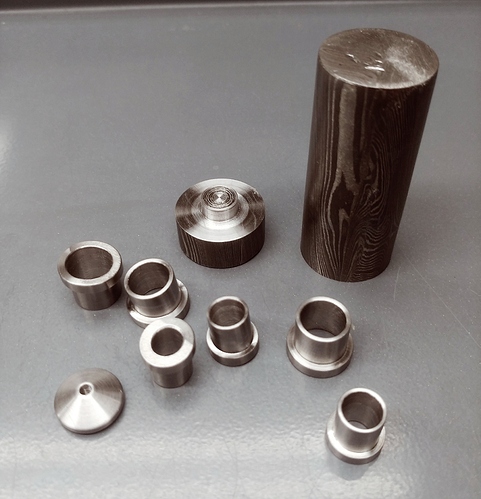

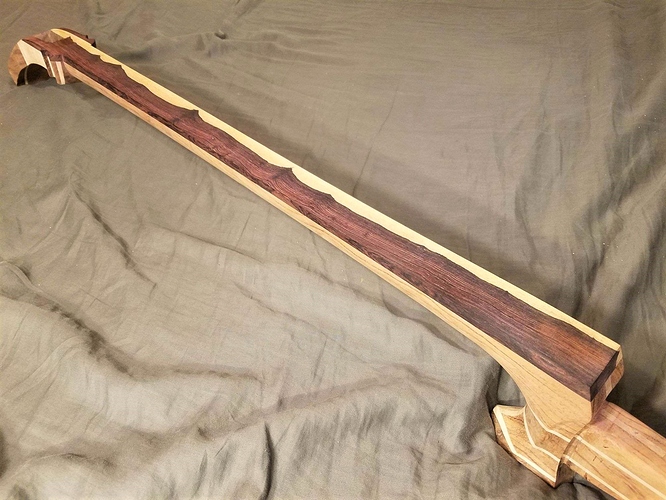
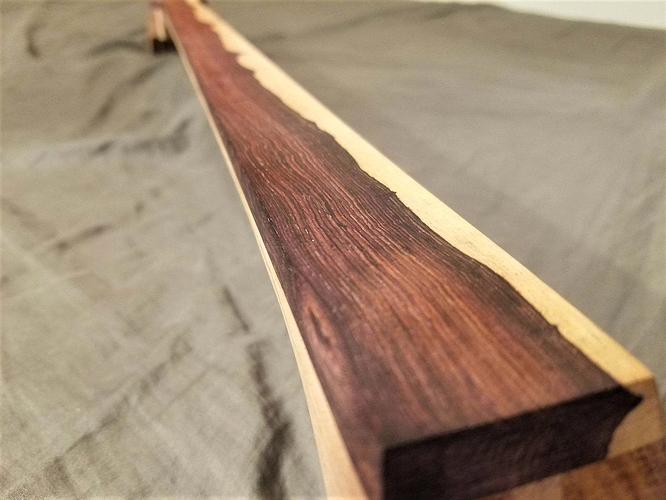
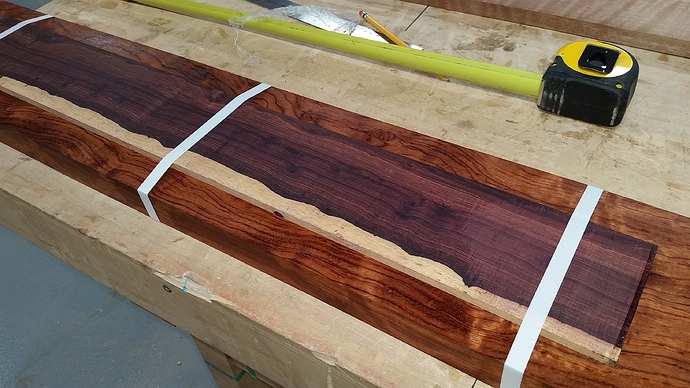
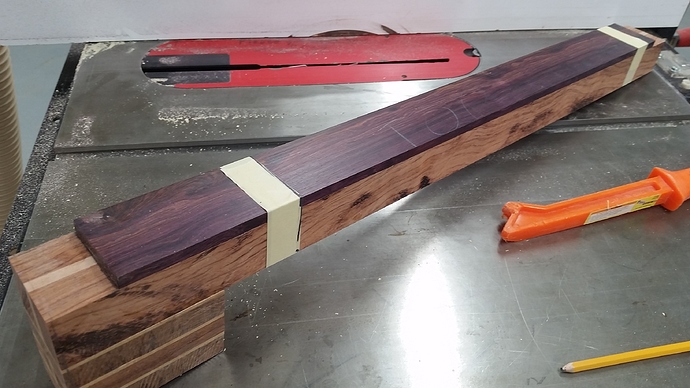
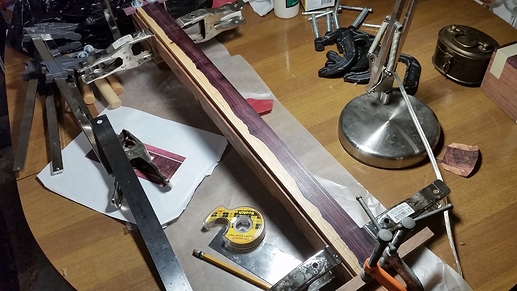
 Very nice!
Very nice!